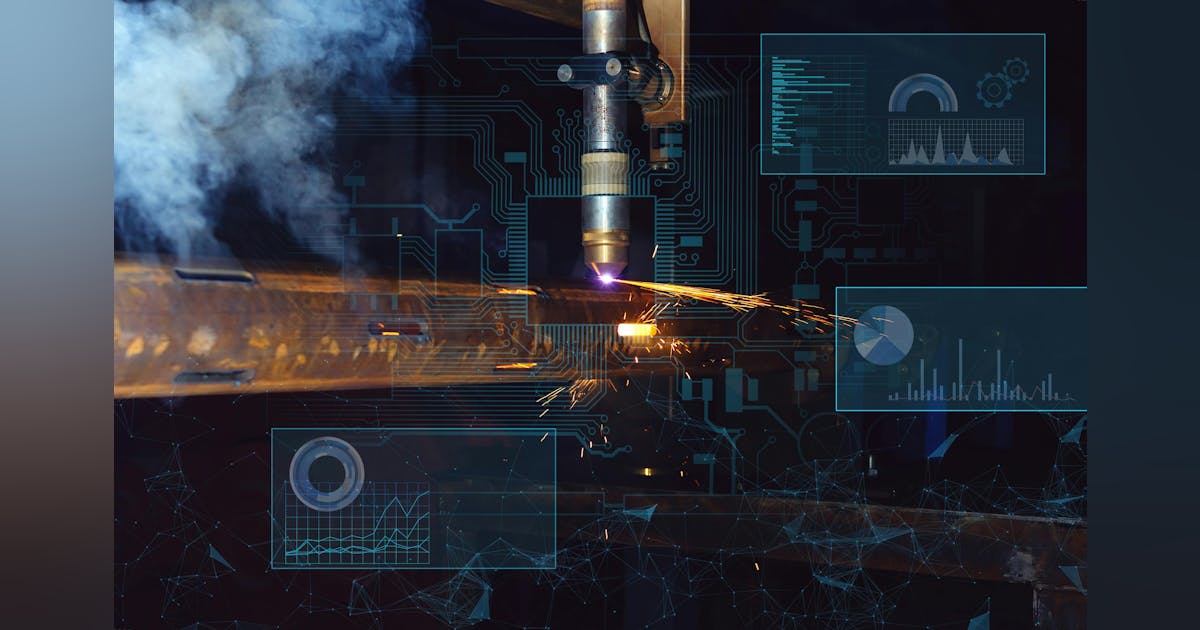3 Ways Manufacturers Can Derive Value from AI
Aug 15, 2024

Amid all the hype surrounding the capabilities of artificial intelligence (AI), it’s crucial to acknowledge a core truth: Not all AI is created equal. The functionality and efficiency of AI systems heavily depend on the quality of data they are fed. Without high-quality, well-structured data, the promise of AI in industrial settings remains unfulfilled.
If you’re on the path to improving your company’s data and looking at ways AI could have a near-term positive impact on your operations, following are three key applications to consider.
Digital twins using small language models
Digital twins—virtual replicas of physical assets or processes—benefit immensely from AI. While sprawling, complex language models often steal the limelight in AI discussions, small language models are becoming game-changers in the industrial domain. These compact models are tailored for specific tasks and designed to operate efficiently within the constrained computational environments typical of many industrial settings. The application of these smaller, more-focused language models within digital twins can provide nuanced insights into machine health, predict operational issues and optimize processes without the overhead of their larger counterparts.
By training on industry-specific datasets, these small language models become adept at understanding technical jargon and predicting outcomes within a specific domain, making them an asset for real-time decision support and scenario planning.
Time-series predictions
AI-based time-series predictions represent a transformative approach to analytics within industrial operations. Time-series data, a sequence of data points collected or recorded at time intervals, form the backbone of predictive analytics in the industrial context. This data can range from temperature readings every hour to machine vibrations recorded every millisecond. AI thrives on this data, leveraging it to predict future events based on historical patterns.
For example, temperature or vibration patterns may indicate an impending equipment failure, allowing maintenance teams to intervene before the failure occurs. Moreover, the applications of time-series predictive analytics extend beyond maintenance. They play a crucial role in operational optimization, helping companies predict demand fluctuations, adjust production schedules and manage supply chains more effectively. In energy-intensive industries, predictive analytics can optimize power usage, reducing costs and environmental impact.
Despite these promising benefits, implementing AI-based time-series predictions are not without challenges. High-quality, consistent time-series data collection is a prerequisite for effective predictive analytics. Additionally, developing models that accurately capture the nuances of industrial operations requires tremendous domain expertise.
A catalyst to data improvement in this area for manufacturers is edge computing, where data processing occurs directly on devices where data is generated.
Generate workflows with no-code text and voice capabilities
The instantiation of new operational workflows has typically required intermediary IT professionals to translate operational needs into technical specifications. However, with the advent of intuitive NLP (natural language processing)-driven interfaces, there is a direct bridge between idea generation and implementation. This not only accelerates the pace at which new workflows can be deployed, it also encourages a culture of innovation and experimentation across all levels of the organization.
As NLP technology continues to advance, the potential for these no-code, text and voice-based systems grows even further. We’re likely to see more sophisticated and contextually aware systems that can interpret and act on complex commands, making the implementation of new workflows and processes even smoother and more intuitive.
Original Article: https://www.automationworld.com/analytics/article/55125770/3-ways-manufacturers-can-derive-value-from-ai
Stay In Touch.
Subscribe to our newsletter and exclusive Leadership content.
We respect your privacy and won’t spam your inbox
